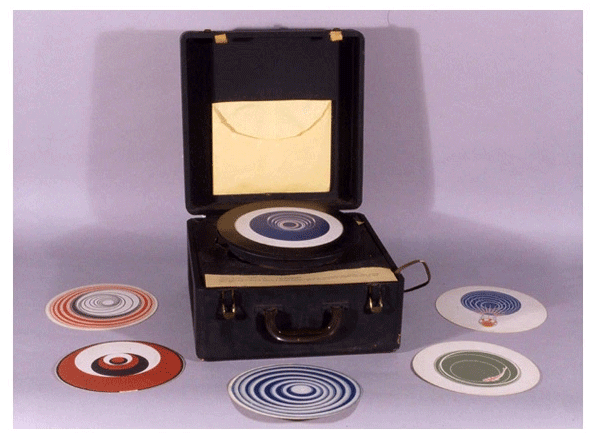Difference between revisions of "User:Borissmeenk/DRAFT TEXT"
Borissmeenk (talk | contribs) |
Borissmeenk (talk | contribs) |
||
| Line 19: | Line 19: | ||
<br> | <br> | ||
| − | [Duchamp-vinyl.gif | + | [[File:Duchamp-vinyl.gif]] |
| − | |||
Marshell Duchamp Rotorelief | Marshell Duchamp Rotorelief | ||
Revision as of 10:29, 11 October 2016
What is your craft?
As a graphic designer I've always been intrigued by the idea of solving problems with design. My first years at the academy were based around this idea. Quickly my fascination with technology, old and new, combined with my passion of problem solving became my main practice. In the contemporary world technology seems to be growing at a everlasting quick phase, solving problems, but also creating them on many different aspects. As a graphic designer I like to search for these problems and form a critical perspective. One of my latest work, in collaboration with Stijn van Aardenne and Kars van den Heuvel, we used the old medium of slow scan television to send images over the ether. By doing this we took a critical standpoint on the contemporary fast phased media stream we take in daily. Our installation lets the viewer wait for approximately two minutes before the image is loaded. This will result in the viewer to make a choice; will I wait to view this image, or move on? This choice stands in contradiction with our contemporary endless stream of media at the hand of our disposal.
What are the tools and media of your craft?
My craft lies in designing new and/or using old technologies to create a new (critical) narrative on a specific theme. In combination with humor, which I occasionally use in my work, I try to let an audience form a opinion on this theme. When I want people to really engage into the subject, interactivity with the work is my main focus. After all, playing with an artwork sticks longer in the persons mind. For example, take the artwork 'Chit Chat / Soul of the Machine'. This artwork, in collaboration with Rens van Pinxteren, Pascalle de Jager and Emma Rijk, lets the user play with their daily objects by letting them hear the radiation these objects emit. This will raise the question about radiation and how we seem to be surrounding ourself more and more with this type of radiation. Many researchers have been working with this subject. Is electromagnetic radiation bad for your health (tinfoil hats!) or does there seem to be no issue at all?
What are the borders of this practice?
At the academy we have the interaction station with the best teachers at our disposal. This allows us to design the most complicated structures. The border of this practice for me lies with the knowledge of the teachers. In the future I would need to collaborate with good, technical people. Sure, I know some things and I've learned a lot, but to create in combination with a techie would create a well (technical) designed outcome.
Connect to a historical discourse and give concrete examples of contemporary practitioners.
Marchell Duchamp used the vinyl player to create mesmerising images by spinning plates. By using a very common vinyl player in a unintended matter to show an animation. This way of working is still being used nowadays by artists. For example, the Bitcoin washing machine is using a everyday object in combination with a new technology to create a humorous narrative.
--NOT FINISHED-- WILL DO ASAP
